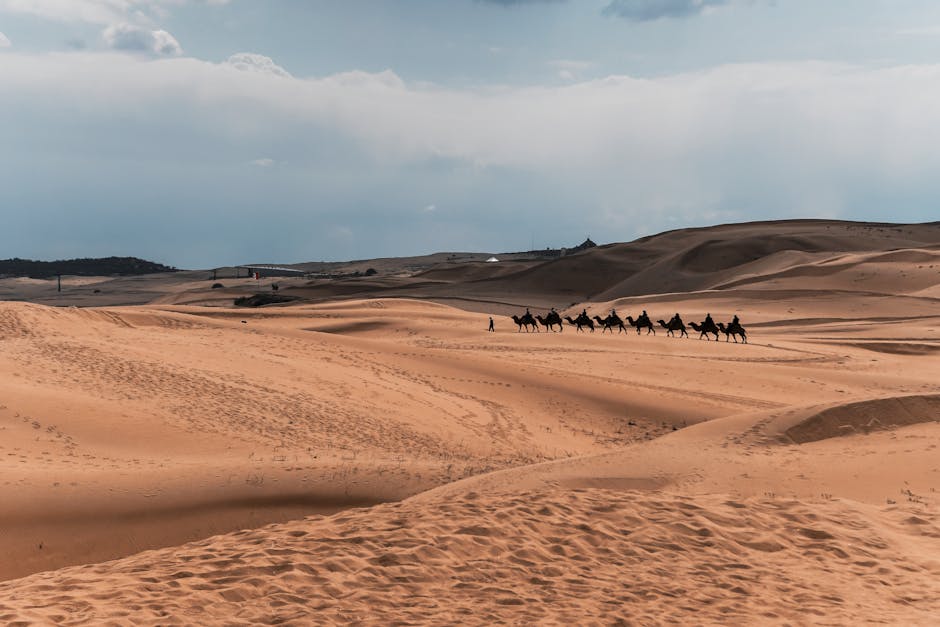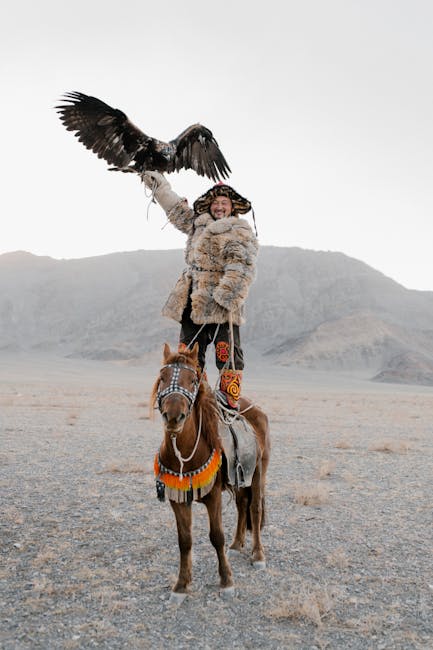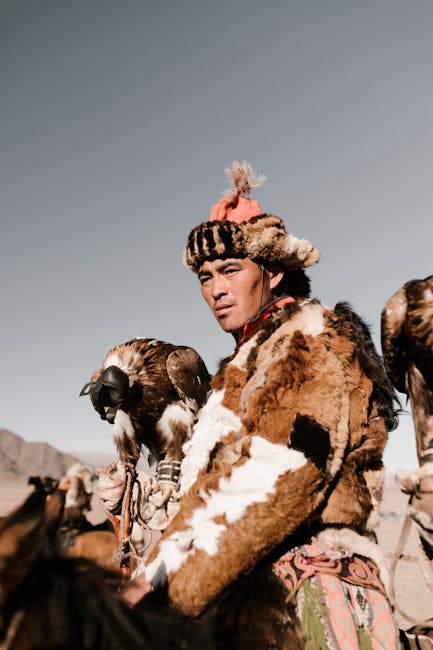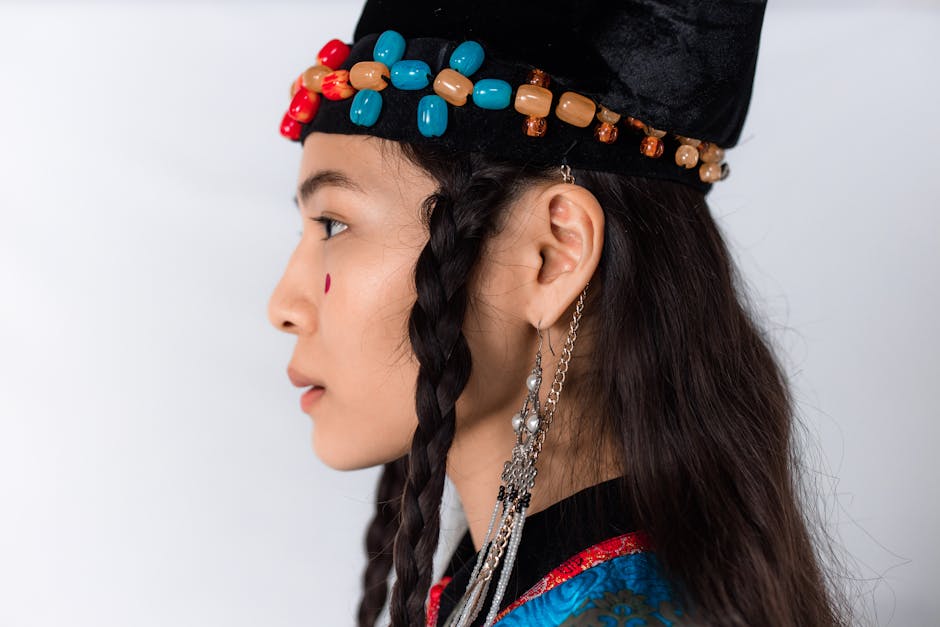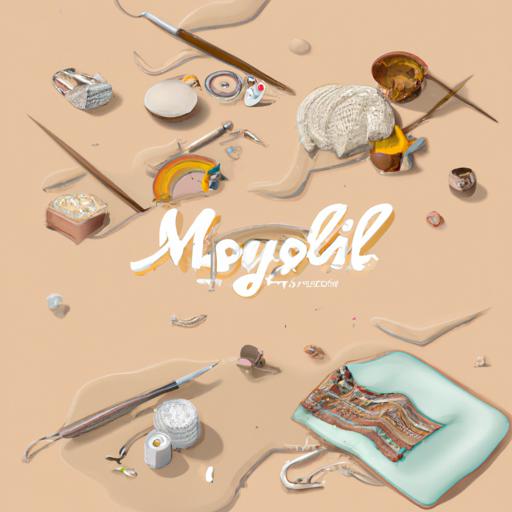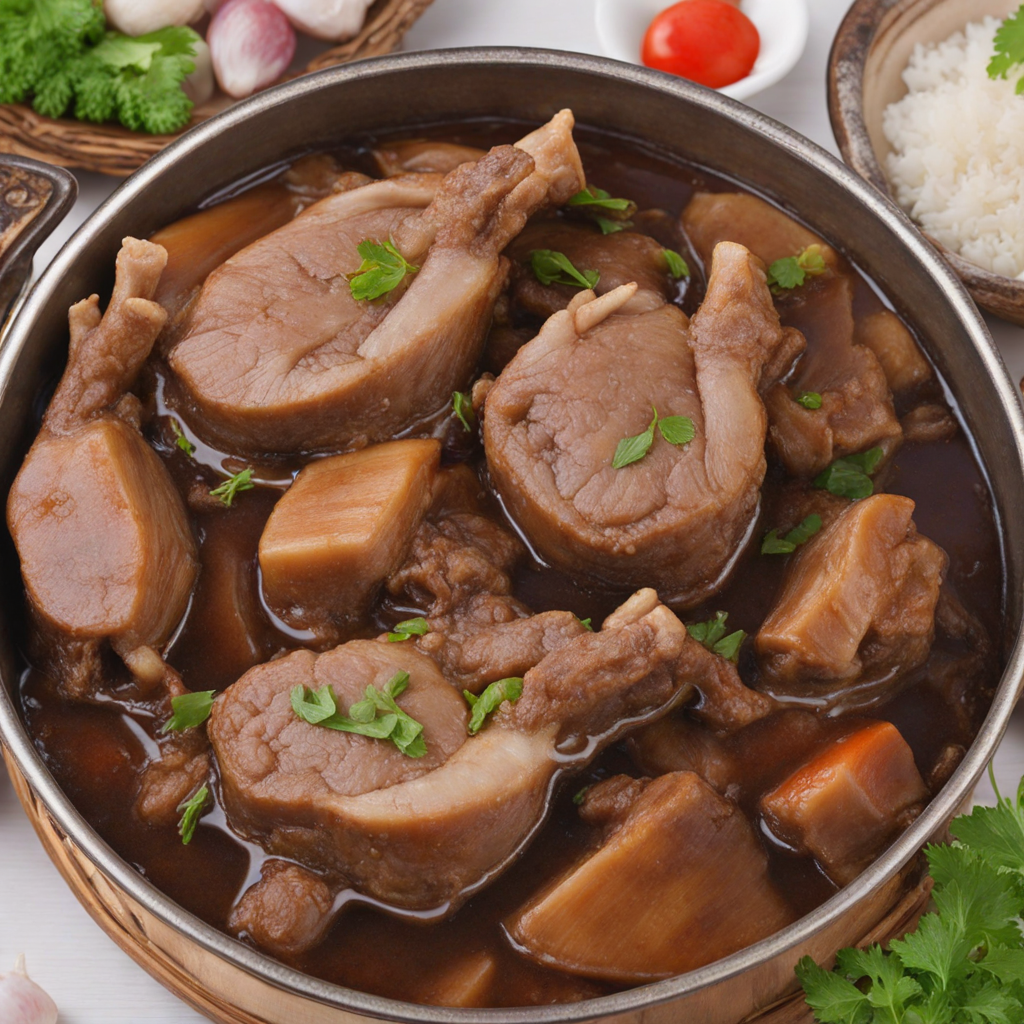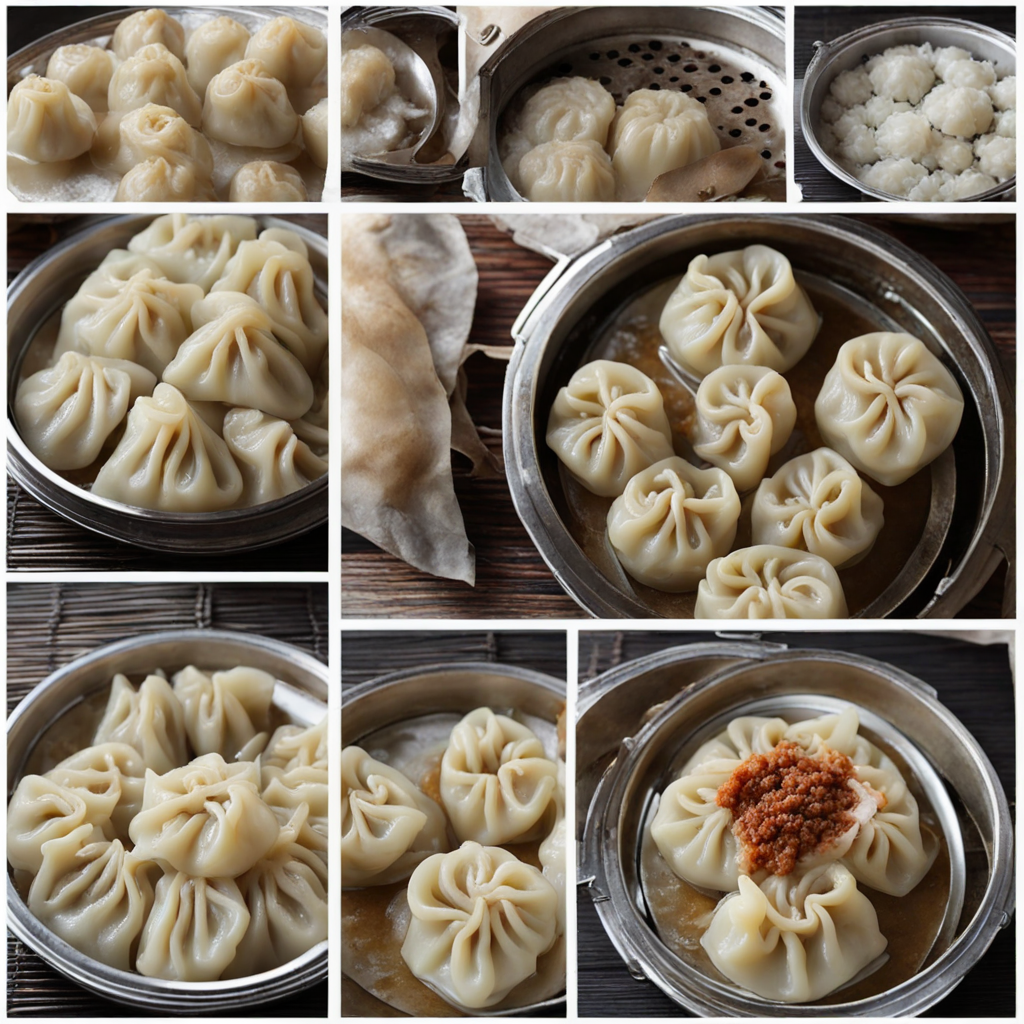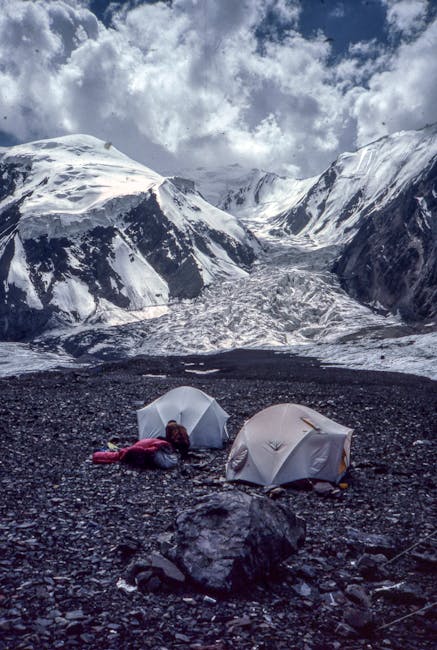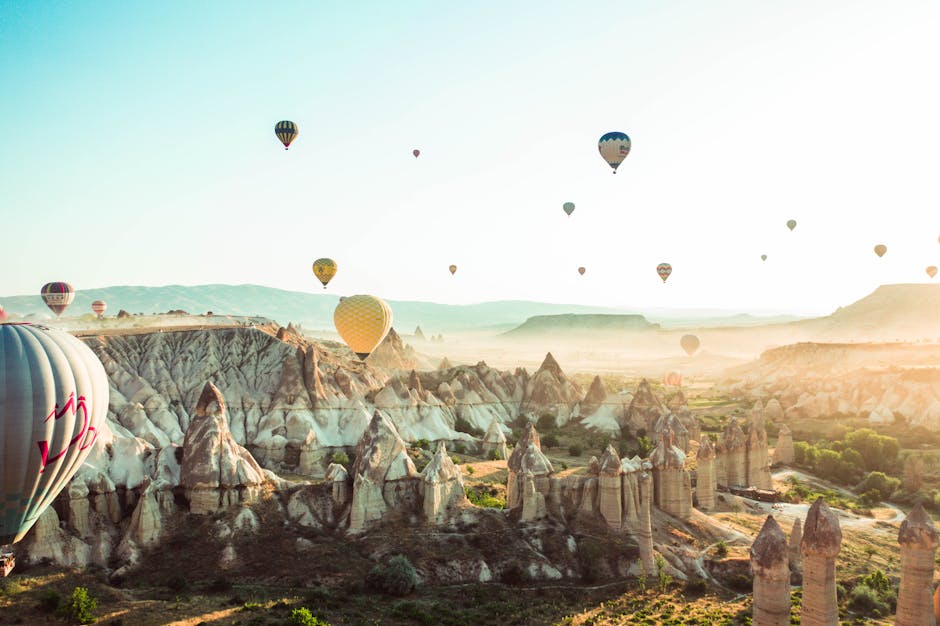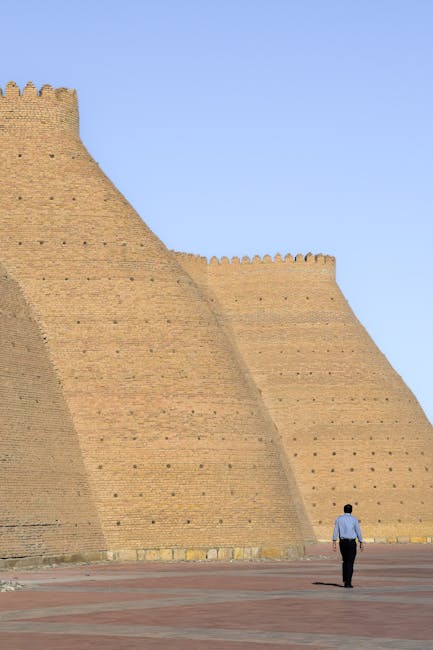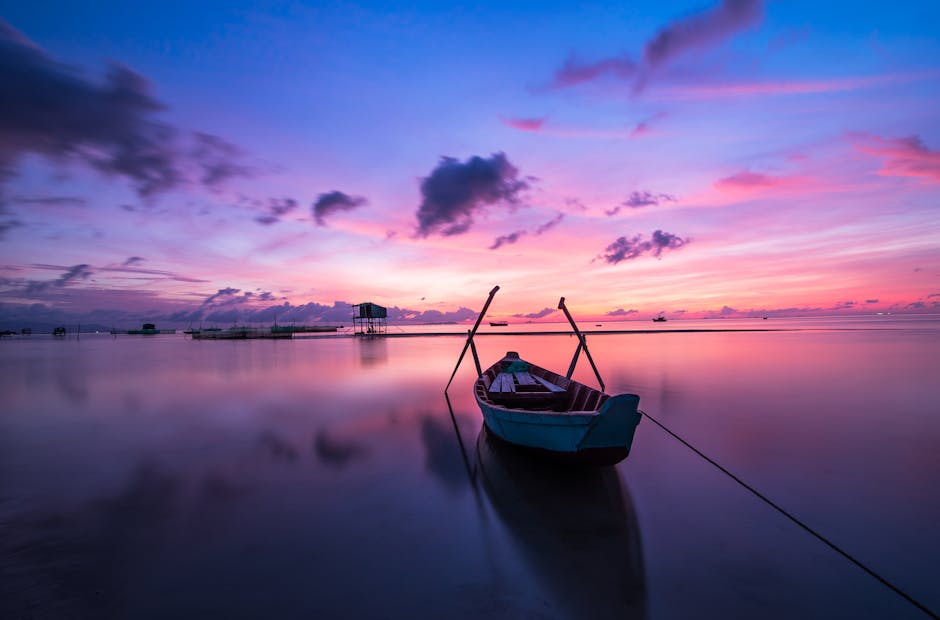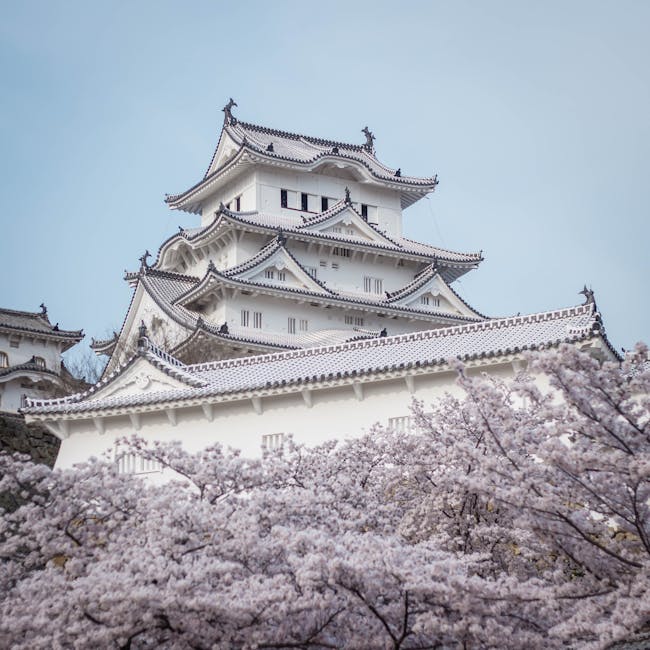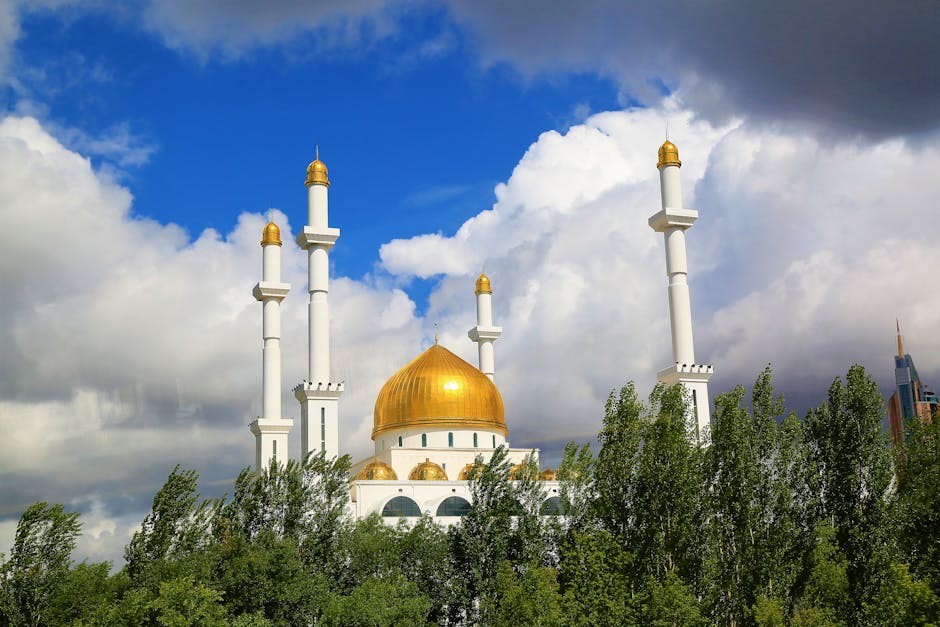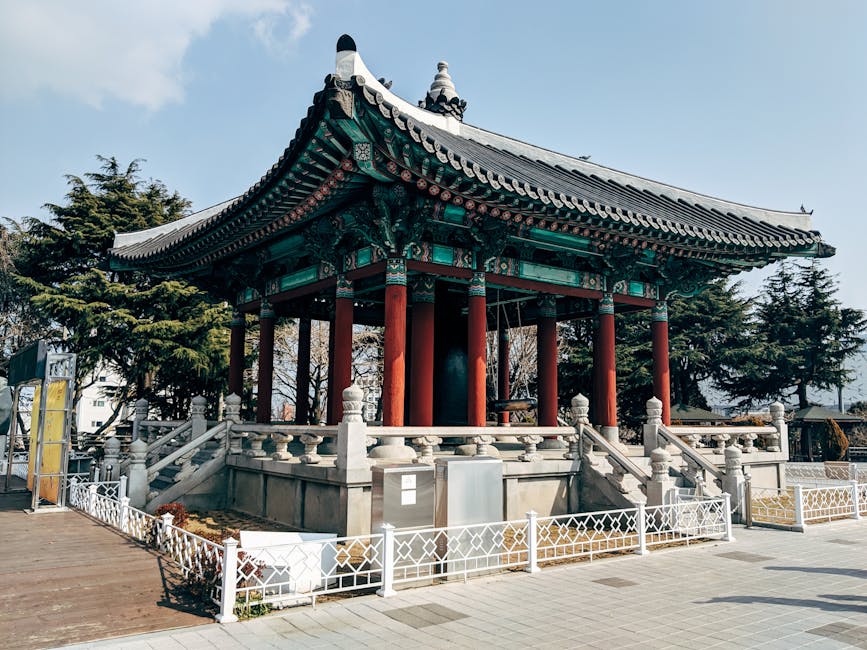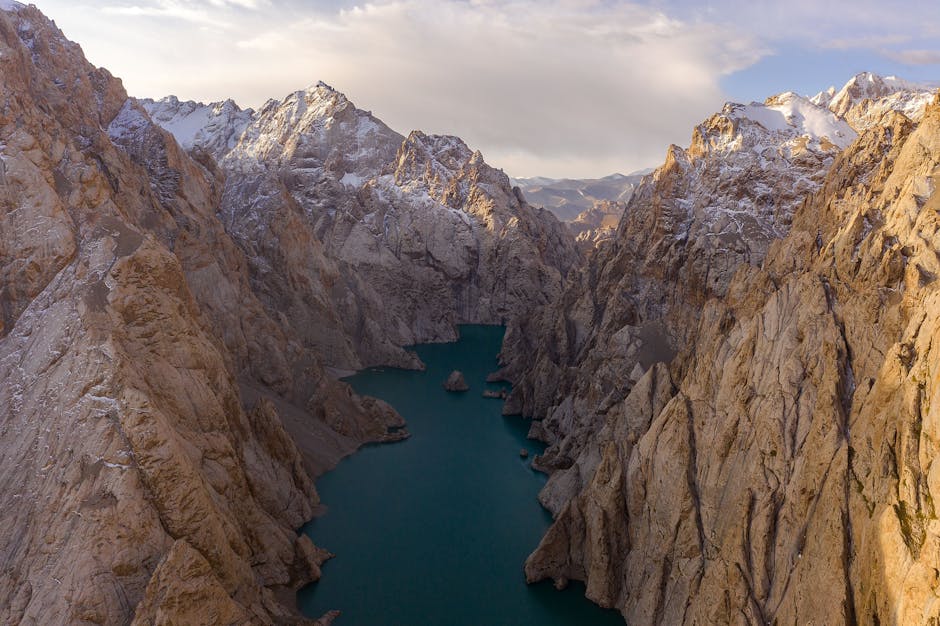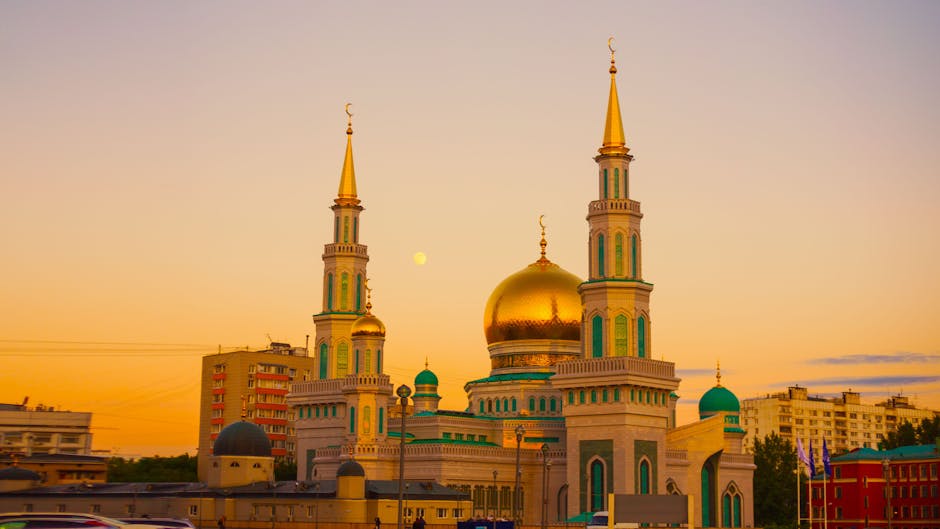Mongolia
Overview
Mongolia Overview
Mongolia is a breathtaking country nestled between China and Russia in the heart of Central Asia. Known for its vast, rugged expanses, nomadic culture, and rich history, Mongolia offers a unique travel experience that is sure to captivate any teenager. The country's culture is heavily influenced by the Mongol Empire, which was one of the largest in history, and this is reflected in their traditions, cuisine, and lifestyle. Mongolia is also home to the world's last truly nomadic people who live in traditional gers (yurts) and move with the seasons. The capital city, Ulaanbaatar, is a mix of modernity and tradition, with bustling markets, impressive museums, and historic monasteries.
High Season and Activities
The high season for tourism in Mongolia is during the summer months, particularly in July and August. The weather during this time is warm and pleasant, making it perfect for outdoor activities. One of the most popular activities during the high season is the Naadam Festival, a traditional Mongolian festival that includes wrestling, horse racing, and archery. This festival is a fantastic way to experience Mongolian culture firsthand. Other activities include trekking in the stunning landscapes of the Gobi Desert, exploring the ancient capital of the Mongol Empire, Karakorum, and visiting the spectacular Lake Khovsgol.
Travel Preparation
Before traveling to Mongolia, it's essential to prepare adequately. Check the visa requirements for your country, as some nationalities will need a visa to enter Mongolia. Pack clothing that's appropriate for the season; layers are recommended as temperatures can fluctuate. It's also a good idea to learn a few basic phrases in Mongolian as English is not widely spoken outside the urban areas. Lastly, ensure that you have travel insurance that covers any potential medical issues, as medical facilities in Mongolia may not be up to the standard you are used to. Keep an open mind, respect the local customs and traditions, and you are sure to have an unforgettable trip to Mongolia.
A Glimpse into the Past
Mongolia, a landlocked country nestled between Russia and China, offers a unique tapestry of history, culture, and stunning landscapes that beckon travelers from around the globe. With vast steppes, the majestic Gobi Desert, and the rugged Altai Mountains, Mongolia is a place where ancient traditions coexist with modern life, providing a rich experience for those who wish to explore its past and present.
Early History
Mongolia's history dates back to the Paleolithic era, with evidence of human habitation found in several archaeological sites. The region was inhabited by nomadic tribes, such as the Xiongnu, who established one of the earliest known confederations around the 3rd century BC. These tribes were skilled horsemen and played a significant role in the dynamics of Central Asian politics, often clashing with neighboring empires like the Han Dynasty.
As you traverse the vast landscapes, you’ll encounter the remnants of these ancient tribes. The site of Kharkhorin, once the capital of the Mongol Empire, is a must-visit. Founded by Genghis Khan in 1220, it served as a crucial hub of trade and culture along the Silk Road. Today, the nearby Erdene Zuu Monastery, one of the oldest Buddhist monasteries in Mongolia, stands as a testament to the region’s historical significance.
The Mongol Empire
The 13th century marked a pivotal moment in Mongolia's history with the rise of Genghis Khan. Uniting the Mongolian tribes, he founded the Mongol Empire, which became the largest contiguous empire in history. His conquests stretched from Eastern Europe to the Sea of Japan, influencing trade, culture, and geopolitics on a global scale.
Travelers can explore the Genghis Khan Equestrian Statue, located just outside Ulaanbaatar, the capital city. This impressive monument stands 40 meters tall and overlooks the vast steppe, symbolizing the enduring legacy of the great khan. The museum nearby offers insights into the life and achievements of Genghis Khan, making it a fascinating stop for history enthusiasts.
Silk Road and Cultural Exchange
The Mongol Empire facilitated trade along the Silk Road, connecting East and West. This trade route not only brought wealth to the empire but also fostered cultural exchange. The Mongols embraced various religions, including Buddhism, Islam, and shamanism, leading to a rich and diverse tapestry of beliefs that can still be observed in present-day Mongolia.
While in Ulaanbaatar, a visit to the National Museum of Mongolia is essential for understanding the cultural heritage of this nation. Exhibits range from the prehistoric era to the modern age, showcasing artifacts from the Mongol Empire and the influence of the Silk Road on Mongolian culture.
The Decline of the Mongol Empire
Following Genghis Khan's death in 1227, the empire began to fragment. By the 14th century, internal strife and the rise of competing powers led to the decline of Mongol dominance. The emergence of the Ming Dynasty in China pushed many Mongols into the steppes, where they retained their nomadic lifestyle.
The Yuan Dynasty, established by Kublai Khan, marked a significant chapter in Mongolian history, as it represented the Mongols' attempts to rule China. However, the dynasty's eventual collapse in the 14th century led to the Ming Dynasty regaining control and further diminishing Mongol influence.
15th to 19th Centuries
The subsequent centuries saw Mongolia divided between the Qing Dynasty in China and the Russian Empire. Although the Mongols retained a degree of autonomy, their identity was challenged under foreign rule. The spiritual revival of Tibetan Buddhism became a unifying force for the Mongolian people during this time.
For travelers, the Gobi Desert offers a glimpse into this era. The vast expanse is home to numerous ancient sites, including the ruins of ancient monasteries and the famous flaming cliffs of Bayanzag, known for its dinosaur fossils. This region captures the essence of Mongolia's rugged beauty and deep history.
20th Century and Independence
The early 20th century was marked by political upheaval. In 1911, Mongolia declared independence from the Qing Dynasty, but it wasn't until 1921, following a revolution supported by the Soviet Union, that Mongolia became a People's Republic. This period saw significant changes, including land reforms and the introduction of a socialist economy.
For modern travelers, Ulaanbaatar is a vibrant city where Soviet-era architecture meets contemporary development. The Gandantegchinlen Monastery is an important cultural site that symbolizes the revival of Buddhism in Mongolia after years of suppression. Visitors can witness monks in prayer and explore the rich traditions that have shaped modern Mongolian society.
Modern Mongolia
Since the collapse of the Soviet Union in the early 1990s, Mongolia has transitioned to a multiparty democracy and market economy. This new era has brought about a resurgence of national identity, with traditional customs and nomadic lifestyles being celebrated and preserved. The annual Naadam Festival, featuring wrestling, horse racing, and archery, is a highlight for both locals and tourists alike. It showcases the spirit and resilience of the Mongolian people.
Adventure seekers can experience the nomadic lifestyle firsthand by visiting a ger (yurt) camp in the countryside. Staying with local families offers an immersive experience into their daily lives, traditions, and culinary delights, allowing travelers to connect deeply with the land and its people.
Natural Wonders
Mongolia is not just about history; its landscapes are breathtaking. The Gobi Desert, known for its unique ecosystems and diverse wildlife, is a paradise for nature lovers. Visitors can explore the stunning sand dunes of Khongoryn Els and the striking rock formations of Yolyn Am.
Meanwhile, the Khangai Mountains provide opportunities for trekking, horseback riding, and experiencing stunning natural beauty. The lakes, such as Lake Khövsgöl, often referred to as the "blue pearl of Mongolia," offer serene landscapes perfect for relaxation and adventure alike.
In conclusion, Mongolia's history is a compelling narrative of resilience, cultural richness, and breathtaking landscapes. From the legacy of Genghis Khan and the flourishing of the Silk Road to the vibrant traditions of modern Mongolia, travelers are invited to explore a land that is as diverse as it is captivating. Whether you're an adventurer, a history buff, or someone seeking cultural experiences, Mongolia has something extraordinary to offer.
Top cities for tourists in Mongolia
Discover the Famous Cities That Might Captivate Your Interests
Must-Try Foods You Can't Afford to Miss
Indulge in a Variety of Fantastic Foods During Your Stay in Mongolia
May Be Your Next Destinations
People often choose these countries as their next destination


